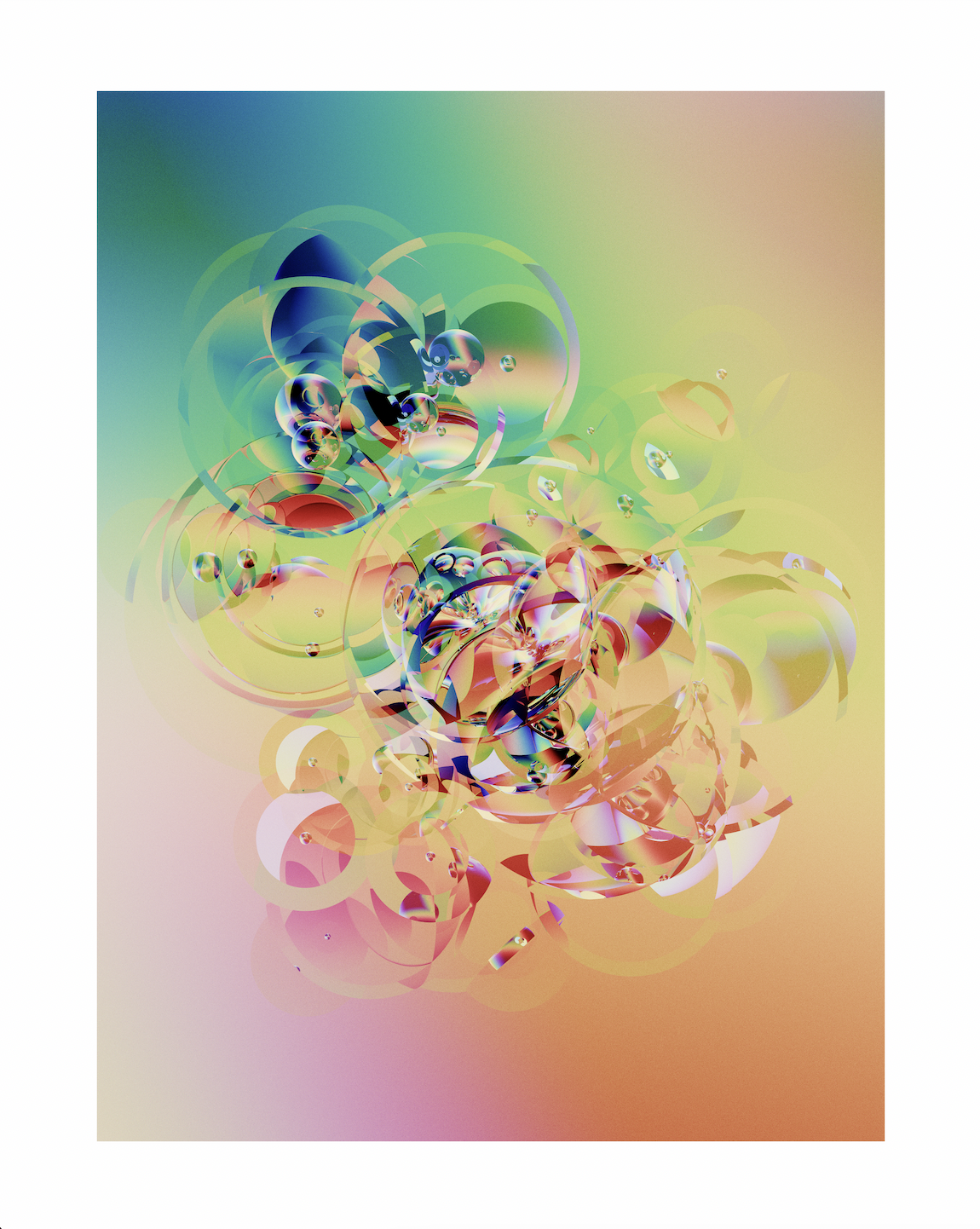FULL_SPECTRUM BY LARS WANDER
This was part of an ongoing series of articles that released was digitally in May 2023. They were first published in the print edition of the Bright Moments Quarterly that was distributed at Bright Moments Tokyo in Tokyo, Japan.
Malte Rauch: Thanks so much for taking the time to do this interview, Lars! Tell us about your background in software engineering and how you got started in generative art.
Lars Wander: I am a software engineer by training and I was very lucky to get a job with Google right out of school. At the beginning of my career, I was working on a team focused on open source software for cloud infrastructure. After some time, I migrated to the Cloud AI team, working primarily on speech detection.
At some point, I felt quite burnt out. There is a lot going on in large companies that is not related to software engineering. At the beginning of the pandemic, I was contacted by a team at Google that focused on visual analytics tools for global-scale storage systems, and I was quite excited to join this unit and explore a new field. It was a much needed change.
The team I joined was working on data analysis and visualization. We were studying large amounts of data, and used it to visualize the behavior of internal systems to expose their “intrinsic behavior” at a level understandable by their engineers. Right around the same time, I also got a pen plotter. Tinkering with the plotter was a very rewarding process; there is something soothing and deeply contemplative about watching the plotter translate code onto paper. And it was quite cathartic to focus on this process that afforded much more aesthetic freedom than my work at Google.
My first contact with NFTs was accidental. I learned about it through a friend. I wrote my own Solidity contract and sent some of my pen plots to friends. At first, I didn’t give too much thought to it; it was just for fun. It was only after I had seen the emergence of Art Blocks that I wanted to explore on-chain generative art on a deeper level.
What are the key influences in your practice as a generative artist?
Before I switched to the visual analytics field at Google, I discovered street photography in my free time. It was a very nice way to break out of my comfort zone and to explore my surroundings. Getting into street photography was also really eye-opening from an artistic point of view. There is so much more to the composition of a photograph than the immediate aesthetic feel. Daniel Arnold’s work, in particular, fascinated me with his intriguing compositions and narrative hints.
In the generative art space, the first project that I saw was Ringers. And it is, for me, still a prime example of what a generative system can be. It deeply resonates with my interest in the behavior of large systems. In my work, I always try to start with an abstract system, and then I try to produce concrete and visceral outputs that are intriguing from a compositional point of view.
Looking at your work from 2022, several themes stand out: some of your works (like “Lines Walking”) seem inspired by very geometric, pattern-like compositions, whereas your extraordinary series “how you see me” is focused on very free, almost gestural compositions. In your most recent work, “Light Doesn't Bend That Way,” you turn to abstract light compositions. Could you walk us through the creative journey that led you from one project to the next?
That’s a great question since it concerns the heart of my artistic practice. I spent a couple of years trying to create electronic music as a hobby. I was obsessed with finding my style and my own voice. At some point, I realized that this desire for a consistent and recognizable “sound” just ruined the fun I had with the medium.
In my work as a generative artist, I don’t want to commit the same error in trying to find a coherent visual language that defines me as an artist. Play and curiosity are at the heart of my practice, and I try to dedicate myself to an open exploration of themes that spark my curiosity.
That said, there is a general conceptual theme that unites these aesthetically diverse projects. My central concern is to create simple, abstract systems that can produce visually complex outputs. The type of output I am looking for is visually engaging and at the same time capable of communicating the system- and process-based nature of the generative algorithm. This is where my interest in the behavior of large systems really blends into my work as a generative artist.
Many of your previous works have been curated 1-1 outputs from an algorithm. How do you feel about the differences between curated outputs from an algorithm and long-form generative art?
That is a topic I am currently thinking about a lot. There is this strong tension between the curated output and the completely random output that results from a long-form project.
What are you working on for your project with Bright Moments in Tokyo?
The algorithm I am currently working on deals with abstract, non-physical light compositions and chaotic dynamics. The outputs are generated through one or more spheres that act as refracting bodies. Behind these bodies, there are large frames of light that illuminate them. The dispersion relations which govern how light is refracted across different mediums are tweaked and rewritten for the sake of aesthetic exploration.
In the last stage of the process, before the image gets rendered, the algorithm takes a spectral distribution and transforms wavelengths of light into RGB colors. To do that, you need empirical data about human perception. On the level of perception, the artwork puts the viewer in an environment that resembles our own very closely. On the level of the laws of physics, however, this environment is surreal in the strict sense of the word: it combines the rules of the physical world to generate something that is incommensurable with it. And to me, this is such a fascinating interplay of the physical and the artificial, as I am using empirical data about human color perception to create an artificial system that generates light compositions we would never encounter in our natural world.
In its essence, the algorithm thus generates unpredictable outcomes from very simple interactions.
What do you think about the IRL minting component? Does the IRL component influence your creative process?
In fact, the IRL part is what I am most excited about. These works are meant to be seen on a digital screen, casting the computed pixel-values from the screen into the viewer’s eyes. The light and color composition is specifically designed for this medium, and so having them shown in an intimate space is the perfect environment to experience this art.
Can you say more about the difficulties of showing works that are meant to be viewed on screens in an adequate way? For the most part, we see this work on platforms like Twitter, Discord and Open Sea – often with other things going on our screens.
Absolutely. It is frustrating that generative art is primarily experienced on these platforms. The unfortunate reality is that they have an immense influence on how the work is presented and experienced. If Twitter or Instagram change the default image ratio, this will have an impact on how the work of artists is viewed.
For that reason, I can only recommend exploring print as a medium for generative art. Pixels can only represent a certain level of detail or range of color. Experiencing the richness of colors on a physical print, unencumbered by the clutter that surrounds the art on most platforms, is quite unique.
That said, screens allow for a level of precision that is hard to match in any other medium. They are uniquely suited for digital artworks. And presenting the work on screens in an intimate, carefully curated environment feels like the ideal setting for experiencing my art.
Is there a particular experience you would like to evoke in the viewer?
The one thing I hope for is that the viewer has a sense of curiosity and wonder. For me, making art is essentially about playfulness and following your curiosity. Leaning into the feeling of the surreal and the unexplainable is, I think, a healthy thing to do. This is what motivates me in my artistic practice, and I hope that I can convey a similar sense of playfulness and curiosity to the viewer.




